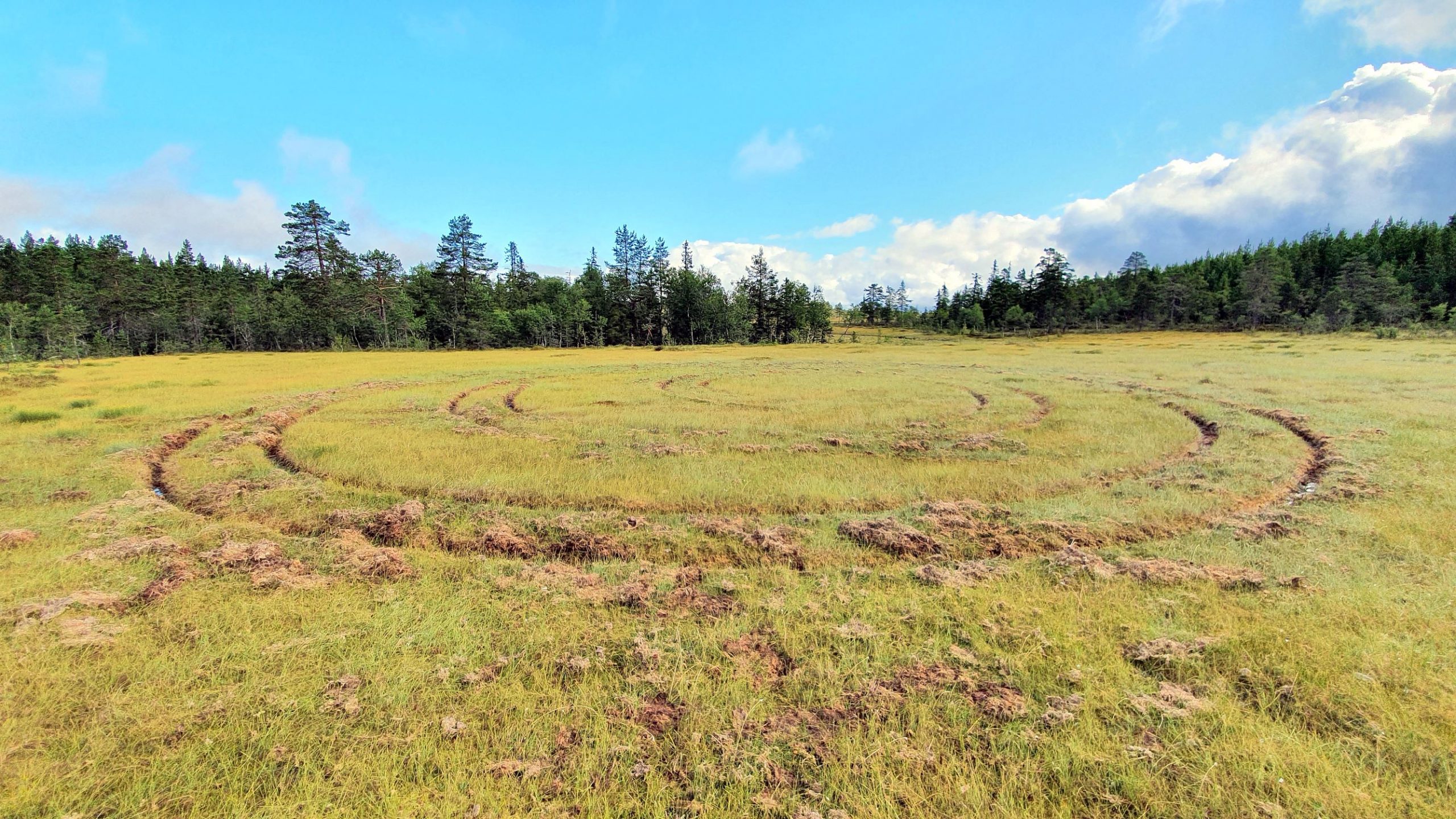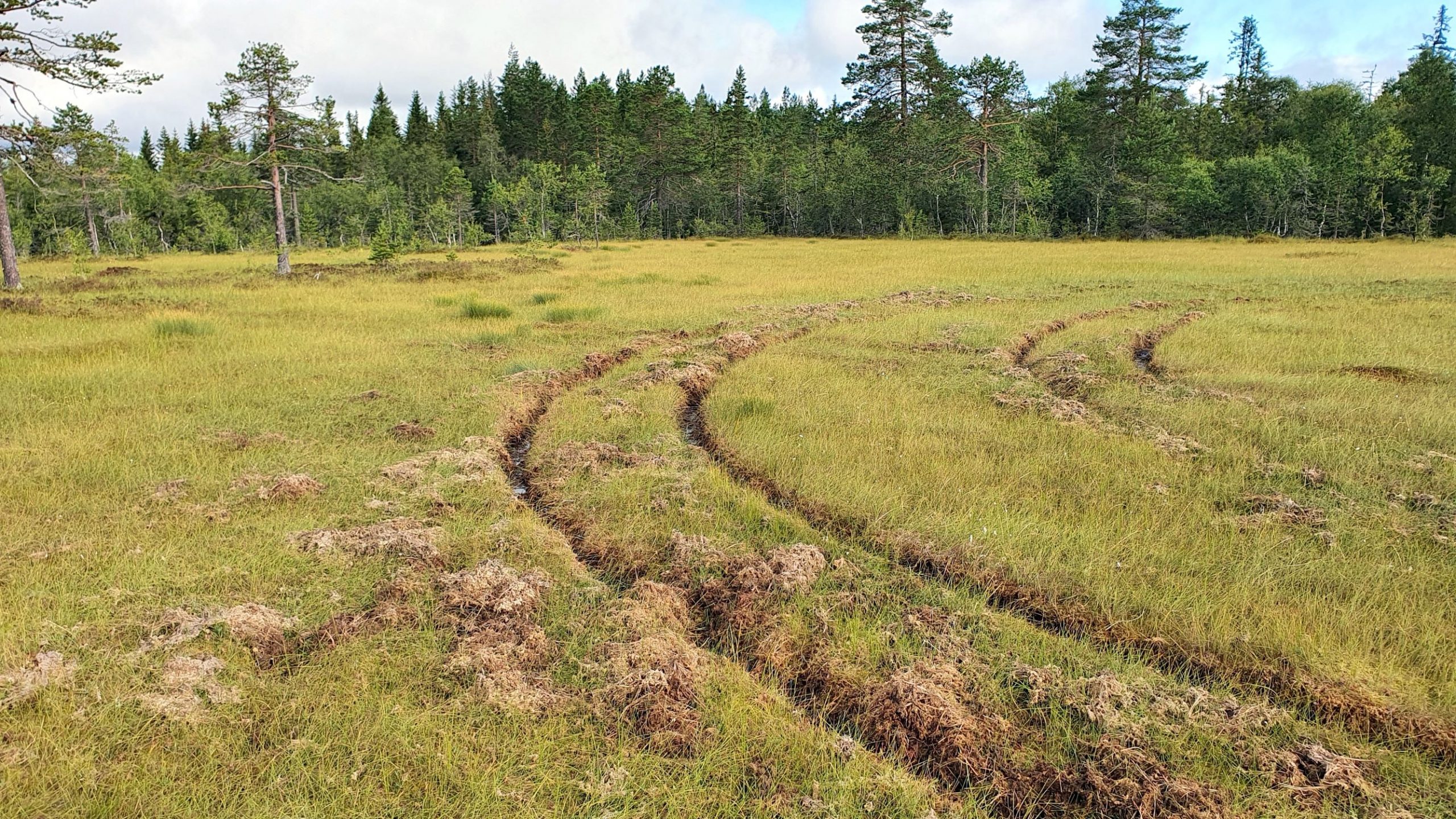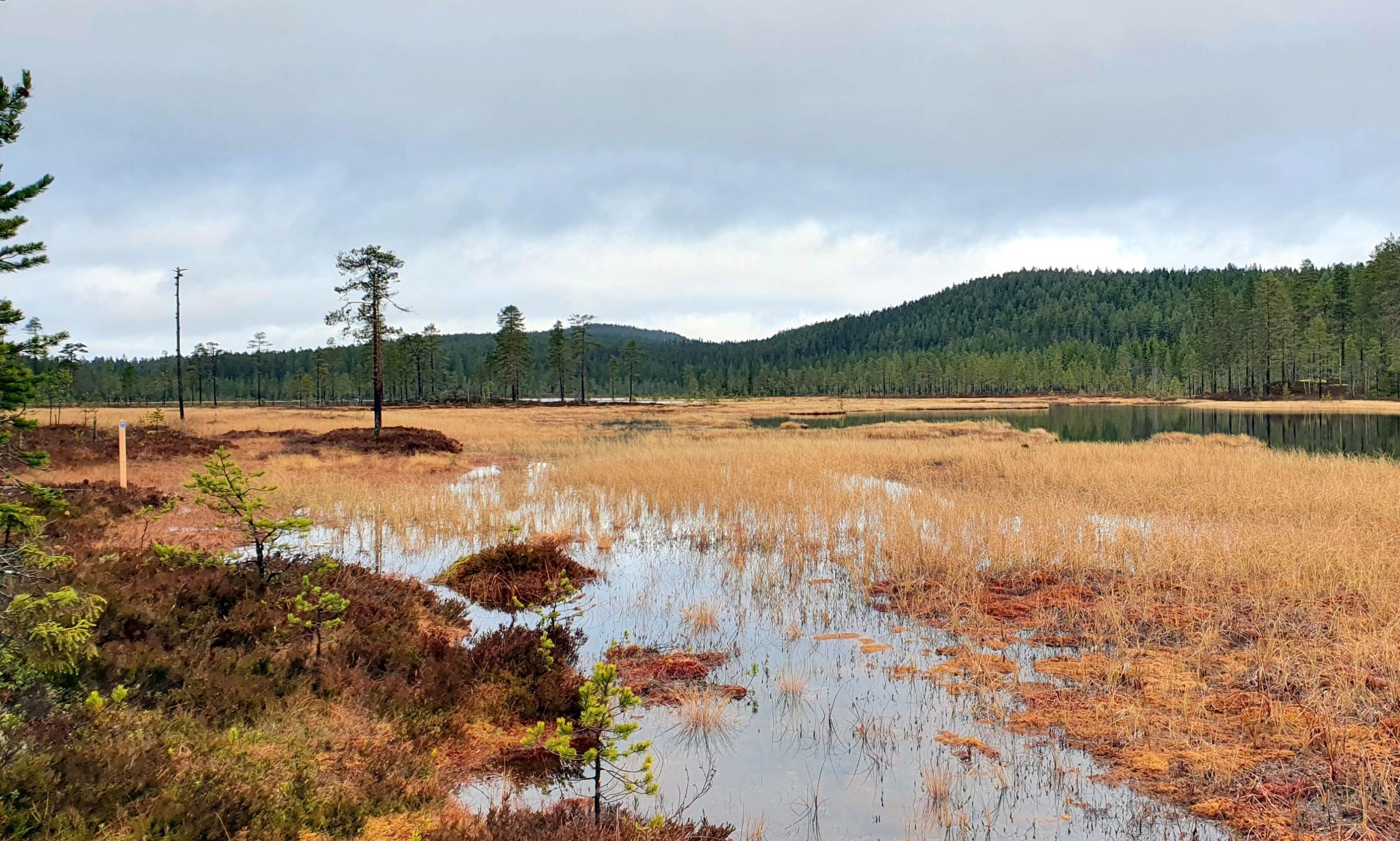During the current pandemic, it has suddenly become clear what a great resource protected nature area are for human recreation and well-being. We have more visits to our nature reserves than ever before.
I visited the Branäsberget nature reserve this week, a small, protected area around one of Sweden’s finest premises for long bearded lichen. When, in the eighties, I tracked lynx in what was then a fantastic wilderness, I could not in my wildest imagination imagine the tourist facility that exists in the area today. Hotels and holiday villages with room for over 10,000 guests, 22 ski lifts, lots of slopes and an ambition to double the facility within a few years.

I prefer wilderness but there we are different; others want adapted facilities and a wide range of activities. That’s okay, there should be something for all of us, but it’s important to protect certain parts of our planet from exploitation. Biodiversity is not something you recreate on a coffee break.

Mangslidberg is an area I would like to see as a nature reserve. Fantastic bogs but unfortunately only remnants of the genuine forest that previously surrounded the area. Large-scale forestry has ravaged mercilessly.
I visited it this summer to look for a hill where I once found the first rendezvous place for wolves in the early eighties, when wolves returned to the area after disappearing for almost a century. I found no traces of wolves but all the clearer of humans. Someone had played with an ATV on one of the bogs and left tracks that will be visible for several decades to come. Unnecessary and irresponsible.

Work on the Gobackberget-Berttjärnhallen nature reserve will continue for a few more weeks, unless the snow falls again, of course. Then there will be a transition to predator inventory and tracking. Right now, there are plus degrees and it looks hopeful next week as well. Took a picture of Berttjärn (Bert Tarn) while I heard the first pine grosbeak pass yesterday.


